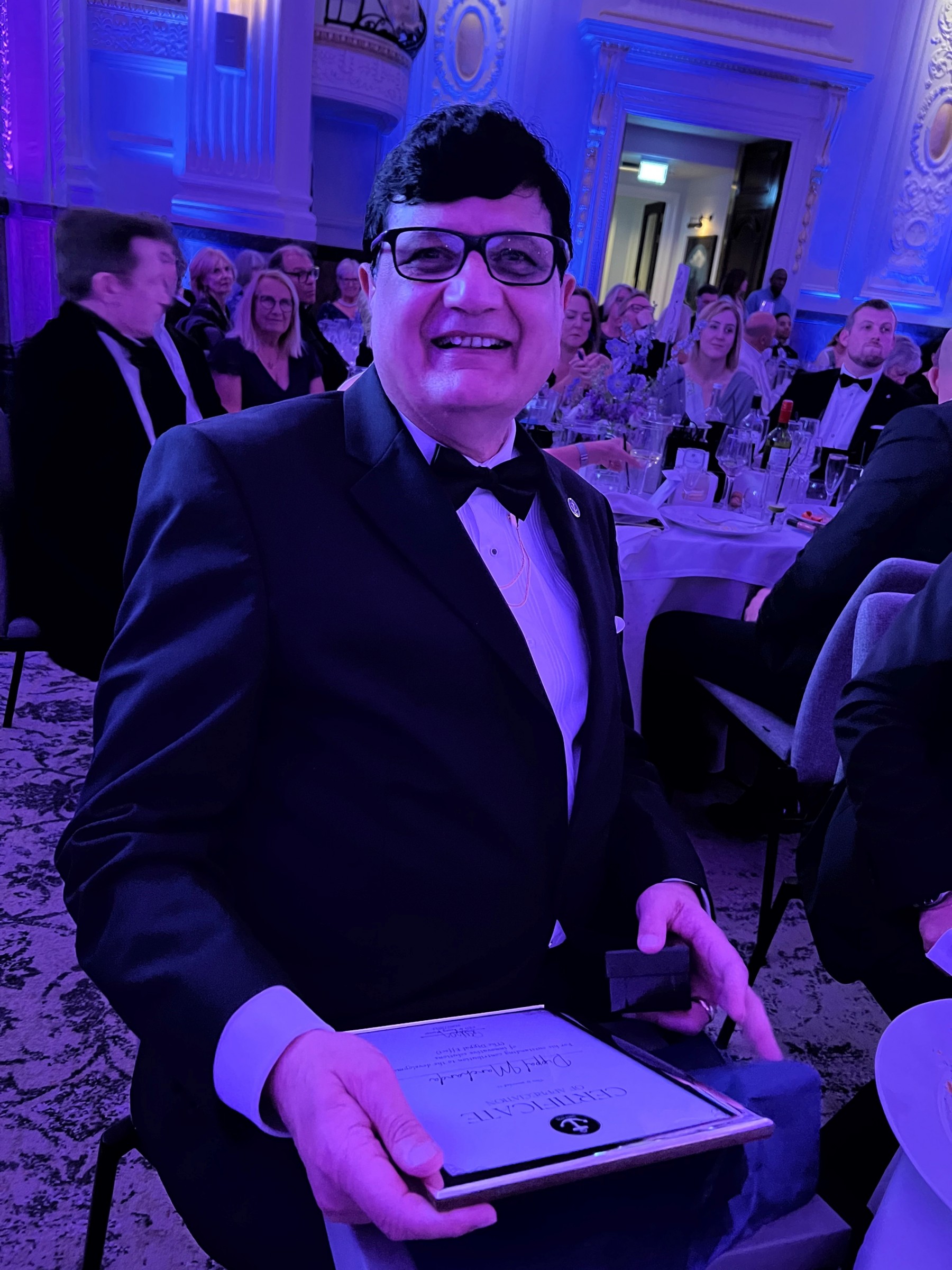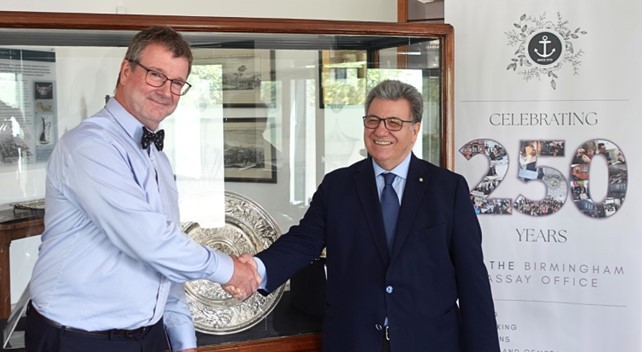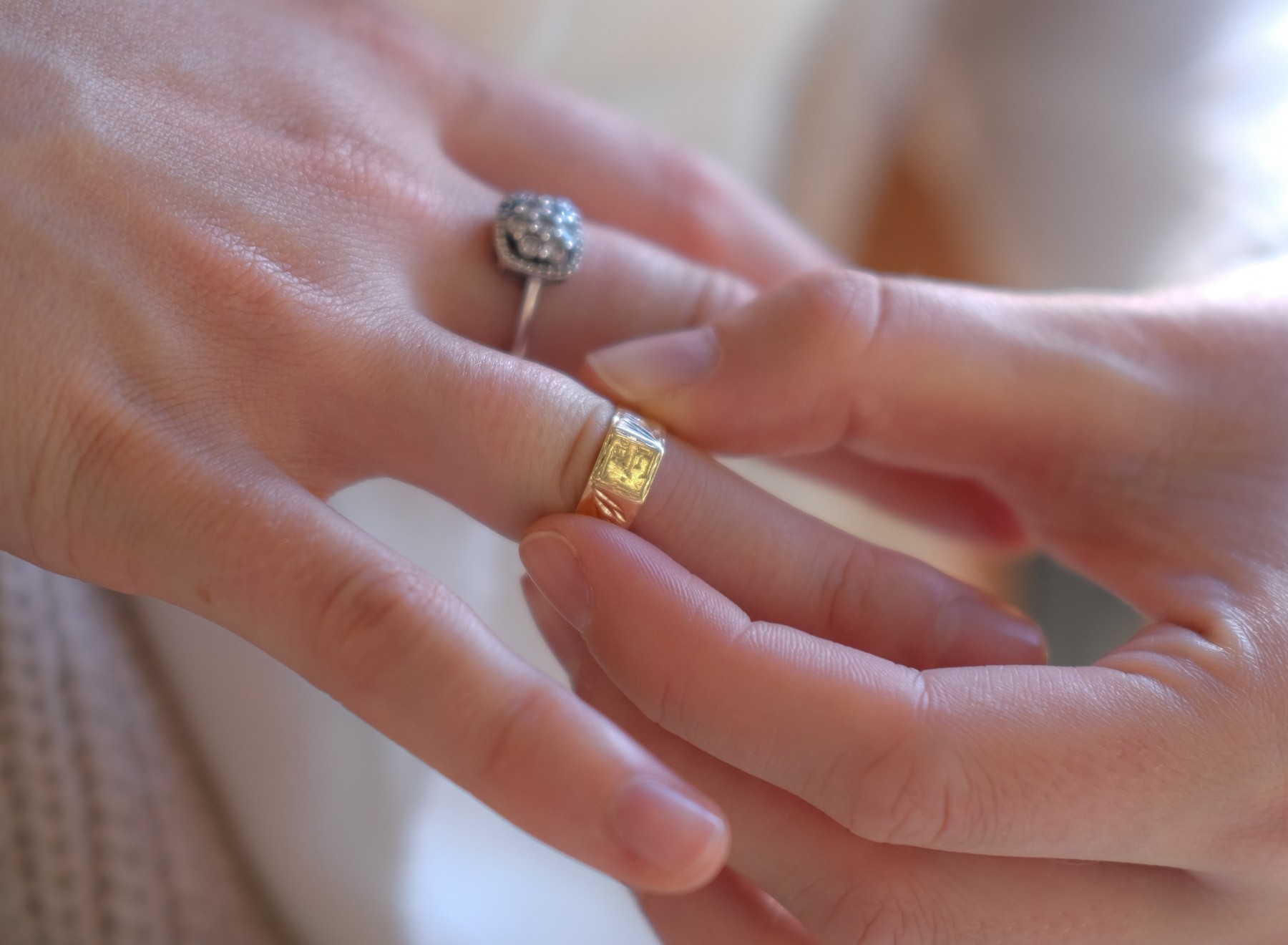Do you know what marks you should be looking for when studying a hallmark on a piece of jewellery or silverware?
Over the years Assay Office Birmingham has seen many articles brought to us by members of the public and also the trade who have asked us to identify what they believe is a hallmark when in fact it is a fraudulent mark.
Here are some tips on what should be hallmarked by law and what is required in order to make it a genuine hallmark.
WHAT NEEDS TO BE HALLMARKED?
Any article that is being described as wholly or partly made of gold, silver, platinum or palladium by law requires a hallmark unless if falls under the exemption weight. The exemption weight is based on the precious metal content only, excluding, for example, weight of diamonds or gemstones, except in the case of articles consisting of precious metal and base metal in which case the exemption weight is based on the total metal weight. Exemption weights:- Platinum 0.5 grams
- Gold 1.0 gram
- Palladium 1.0 gram
- Silver 7.78 gram
WHAT SHOULD A HALLMARK LOOK LIKE?
There are 3 compulsory symbols which make up a hallmark. When looking to ensure a hallmark is genuine these are the 3 marks you should look for first and foremost. Without all 3 the markings do not qualify as a Hallmark.- The Sponsorâs or Makerâs Mark â indicates the maker or sponsor of the article. In the UK this mark consists of at least two letters within a shield. No two marks are the same.
- Fineness mark (purity) â indicates the precious metal content of the article and confirms that it is not less than the fineness shown. Fineness is represented by a millesimal number (parts per thousand) and the metal type is indicated by the outline shape.
- Assay Office Mark â indicates the particular Assay Office which tested and marked the article. There are 4 Assay Offices in the UK â London, Edinburgh, Sheffield and of course Birmingham.
OTHER OPTIONAL MARKS
There are two other marks which are optional and can be applied alongside the 3 compulsory marks. The optional marks available are:- Traditional Fineness Symbols
- The Date Letter â Until 1999 the date letter was compulsory but is no longer essential. The date letter changes once a year on 1st January.
INTERNATIONAL CONVENTION MARKS
The UK has been a signatory to the International Convention on Hallmarks since 1972. This means that UK Assay Offices can strike the Convention Hallmark which will then be recognised by all member countries in the International Convention. Vice versa Convention Hallmarks from other countries are legally recognised in the UK and therefore do not need to be re-hallmarked in the UK.FIND OUT MORE ABOUT HALLMARKS
So, here you have the basic essentials for identifying if the marks in a piece of jewellery make up an actual hallmark. The hallmark is your guarantee that the metal content is of the correct standard and that this has been verified by an Assay Office To find out more about hallmarks you can visit our website where you can download the 'Hallmarking Guidance Notes', practical guidance in relation to the Hallmarking Act 1973. Our website also displays lots of historic marks and date letters which may help you identify the age of a piece. www.theassayoffice.co.ukLOOK UP A HALLMARK ON YOUR MOBILE DEVICE
If you have a smart phone or tablet why not download the 'Help With Hallmarks' APP created by Assay Office Birmingham to use on the go! The simple to use application allows you to easily work out the age of a piece of jewellery or silverware. Available for all Apple and Android devices. http://www.theassayoffice.co.uk/new_hallmarks_app.htmlREGISTER WITH ASSAY OFFICE BIRMINGHAM
If you are not yet registered with Assay Office Birmingham for hallmarking and would like to find out how you can be, contact our Registration Co-ordinator today on 0121 262 1029. Registration forms are also available via the Download Centre on our website.Your item has been added to the basket
You need to create an account, or login before you can add this item to your basket.














